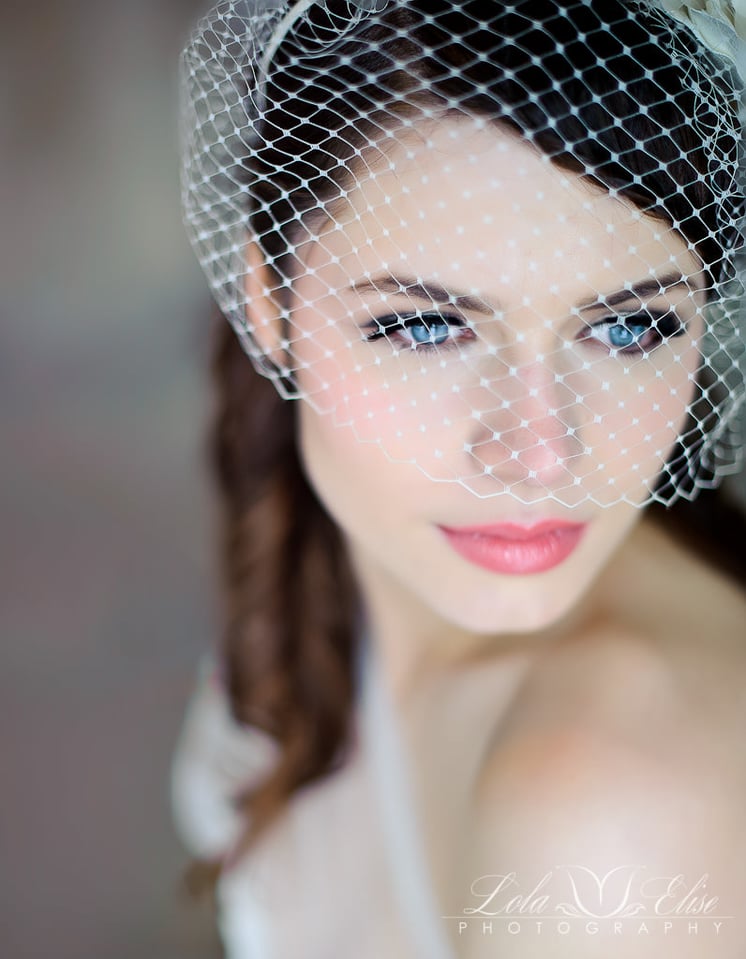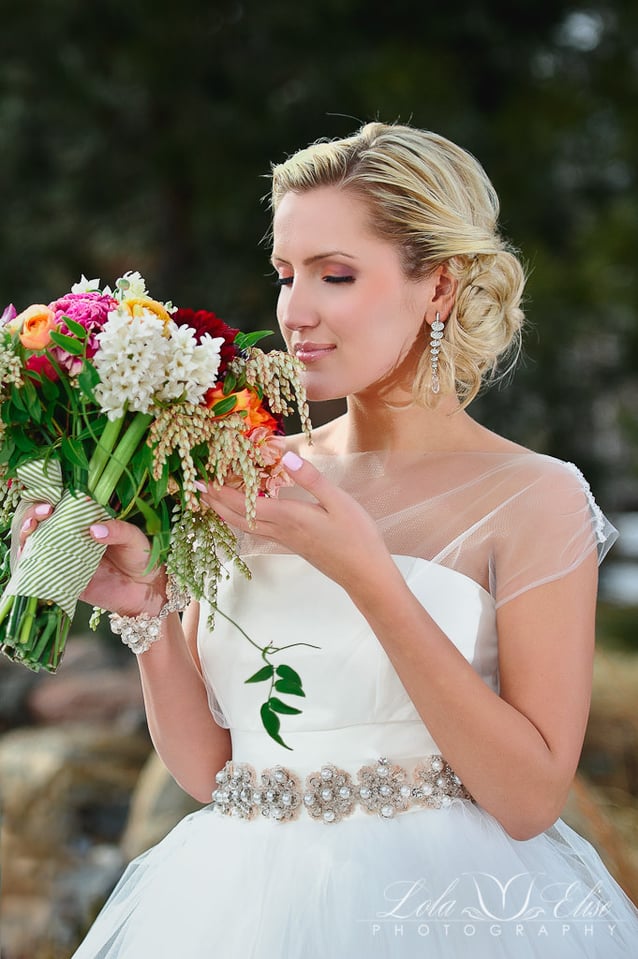We as photographers often make the final call on deciding the life span of an image according to our own perception, imagination and expertise. As much as we should be open to constructive criticism, I have always thought our own satisfaction from a photograph should come first. My own self-criticism is always the deciding factor on where I take my craft going forward. While those creative juices affect what I do behind the camera, knowing the technical aspect of photography to give life to any idea is very essential. It can take the story telling ability to a whole new level. Being able to analyze each shot before it is taken eventually will become a second nature as you photograph. I hope the below steps will help you get there a little faster.

Depth
Mastering the depth of the story and being able to translate it into a visual prospect is very important, so it certainly helps to have a solid understanding of how depth of field can affect your images and the story you are working on. Whether it is a portrait or a landscape shot, the right amount of bokeh should be able to transport the viewer into your story. You can choose a longer lens with a large aperture (small depth of field) to pinpoint one element in an image that your viewers could concentrate on, or use a small aperture (large depth of field) to portray the melting pot of action, with many elements to the story.

Background
Background of a photograph is a very big information carrier. Choosing an appropriate background will make your post-processing job a whole lot easier. Who wants to sit and spend precious hours editing out unnecessary distractions on the background? Instead, look for a cohesive environment to work with your story. Background can work hand in hand with your lens aperture to save or ruin your image as an information carrier and storyteller. So, being able to utilize your depth of field efficiently with the background is an art in itself. Ask these simple questions: Is the background relevant to the story that I want to portray? Are the any extra elements in the background that I want to change or eliminate? Should I recompose my shot so that nothing looks out of place?

Here are some simple things you can do with the background that will immediately help you get better results when photographing portraits:
- Find a different background that is less busy, more or less colorful (see below on color), etc
- Learn to crop in camera to avoid irrelevant content. Move yourself or your subject to a slightly different location or use a different angle.
- To get the best bokeh, make sure to give plenty of space between your subject and the background. Having a good fast lens like the Nikon 50mm f/1.8G (see our Nikon 50mm f/1.8G Review) or a solid portrait lens like the new Nikon 85mm f/1.8G will certainly help with getting good bokeh.
- Don’t be afraid to bring your subject close, but watch out for distortion. Wide-angle and short focal length lenses are known to greatly distort images. Unless your intent is to make your subject’s face look out of proportion, use longer lenses for better compression. That’s why telephoto lenses are ideal for portraiture.
- Pay attention to lines and curves in the background that could enhance the composition and overall feel of the image.
- If there are any vertical lines in the background, place your subjects in such a way, that the lines are not directly behind the head of your subject. A great image could be ruined by things growing out of a person’s head.
Color
Color and tone are among the main conveyors of mood and character in any photograph – it can be both distracting and amazing. Although tonality could be more of a post-processing topic, color is most definitely not. You should be able to see the color before you take a photograph, regardless if you wish to alter it later or not. Just like the background, color can make your shot look cohesive or all over the place. Positioning your subjects against a background with lots of different blues, reds and greens may not be a good idea. When you want the eyes to rest on one spot, over your subject, choose a background with a less distracting color palette.

Then again, there are always exceptions to these guidelines, so do not be afraid to experiment.
Lovely article, and some absolutely stunning images supporting it. My only small ‘gripe’, as it were, is the use of the word ‘bokeh’.
“The right amount of Bokeh…” Bokeh isn’t an amount, what you are referring to is out of focus area. “The right amount of out of focus area…” is the correct form for that sentence. Bokeh is used to describe the quality of that out of focus area. I know it’s nitpicking, and like I say the whole article is really good :)
i am new to digital photography. Thank you for your article and m sure this is going to help me a lot making photography fun. hoping to see your next article very soon.
Best portrait lens under 250$? under 500$, under 100$ ?
Dear Nasim, Thank you for your work on site i found it very useful for me. I try to learn the photography and do a lot of portrait shots. Now i get kit lense 18-55. Now i think about getting something more for portraits, so i kindly ask you help me with my choose in 3 categories. (for Nikon) Best regards, Stanislav.
hey nasim/lola-(the mansurovs) ,
If you could reply early, it would be of huge help.
I am planning a wedding photography for my friend…
i had inspected the site beforehand….its a bit low lit…now, i have a nikon d3000 and a d3100.
the lenses i have is a 18-55 and a 70-300, i have a flash too.the nikon sb800
can you suggest me the lenses i would need for a marriage ceremony..considering few closeups and few long shots capturing some candid moments???? i am not going to use my 1.8d.
and i am due to buy strobes for the marriage….which i am going to focus on the podium where the bride and the groom would stand on….so every time i click, the strobes would fire for better lights…it that a good idea??
please suggest soon…please
Breathtaking! I’m so gonna tell my photographers to read this article! :D
Your use of natural light and a narrow depth is field is awesome. Takes a lot of practice to get it just right.
yes, agree totally with the above comments about the top photo – it is SUPERB!
It’s been a long time since your last post, Lola. Your points are very valid and I agreed.
Have a nice weekend.
I’m speechless when looking at your first photo. Great tips thank you Lola.
One of the best “basics” articles i’ve ever read.
Inspirational !!!
Got me to rethink my rethinking process ^__^
It’s things i always love hearing again and again